Completing Bike Networks Using Road Resurfacing Projects
/As a transportation planner, I am always thinking about how WATS and partner agencies can improve and expand and create better connections with transit, walking, biking, and driving. Managing the WATS Transportation Improvement Program (TIP), which is the listing of projects to be built in Washtenaw County using federal transportation funds, this topic of creating a connected transportation system is always on my mind.
As Washtenaw County creates more active transportation choices (including separated trails and bike lanes), one challenge is creating the local connections to the larger regional trail system. One type of connection seen as necessary, are the on-street facilities, typically striped bike lanes or wide shoulders to connect to the regional system.
Several months ago, I came upon a report about an idea I think is worth exploring, FHWAs report titled “Incorporating On-Road Bicycle Networks into Resurfacing Projects”. This report outlines how the pairing of resurfacing roadway projects with the installation of bicycle facilities can provide local connections needed to create a more connected bicycling network.
The report breaks down why incorporating bicycle facilities into resurfacing projects makes sense, timeline considerations for projects, methods for including bikeways, and the cost and material considerations. Presented in the report are six different case studies from around the country that focus on best practices where this was put into place.
The report discusses why including bicycle facilities during a resurfacing project makes the most sense.
Creating connected networks - these connections provide an interconnected bicycle network that allows bicyclists to safely and conveniently get where they want to go.
Cost efficiencies - constructing these facilities during an existing project builds upon the cost-effective nature of pairing projects together versus doing this type of work as a standalone project.
Creating safer and more comfortable roadways - both narrowing and reconfiguring a roadway to accommodate bike lanes or widened shoulders can increase comfort for bicyclist; additional benefits can come with lower travel speeds that match the actual posted speed, lower speeds can result in less severe crashes.
Interest from communities -In 2016 and approved again in 2020, the citizens of Washtenaw County approved a 4-year road and trails millage which dedicates 20% of the funds for trail development, specifically supporting the development of the B2B trail and to reinstate the Connecting Communities grant program.
This pairing of projects makes sense from a budgetary standpoint, but there could be pitfalls if careful attention is not paid.
Short timeframe - make sure that there is enough time to develop the design based upon the complexity of the roadway, there may need to be environmental documenting along with coordination with the public.
Inadequate time for public participation - changing a roadway from only one intended user to reallocate space to bicycles, there needs to be time to coordinate with the public along with, in Michigan, the City, Village, or Township.
Design constraints - ensuring that there is space for all elements of the project need to be planned for and designed with the new features in mind.
There are many things to consider as we evaluate using this type of treatment, what is the context of the surrounding land use, what is the speed of the road, is the roadway already wide enough to narrow the travel lanes, what would be the comfort level of users, and what type of user are we targeting, families or confident bike riders.
The biggest takeaway from this report is how we can reimagine our road networks as spaces to move people to destinations, such as parks, grocery stores, and schools through partnerships and the willingness of all agencies to improve the safety of all users of the transportation system.
This report was produced by the Federal Highway Administration. The consultant team that worked on this report was Toole Design Group and Cambridge Systematics. The publication number is FHWA-HEP-16-025.





